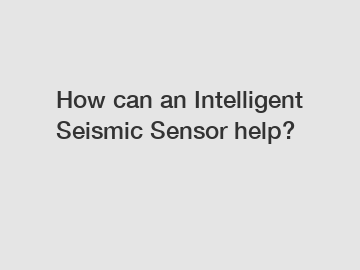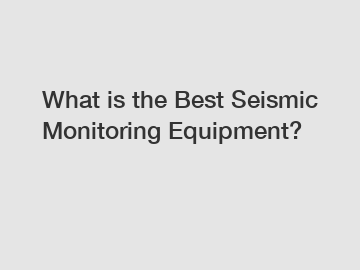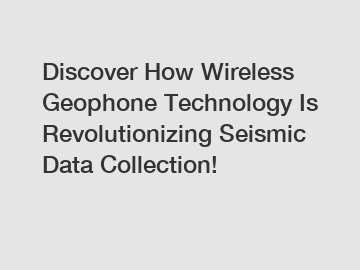Spherical vs. Aspheric Lenses: A Clear Perspective
When it comes to eyeglasses and contact lenses, the choice of lens design plays a crucial role in providing clear and comfortable vision. Two commonly used lens designs are spherical and aspheric lenses. While both serve the purpose of correcting refractive errors, they differ in their curvature and optical properties. In this article, we will explore the differences between spherical and aspheric lenses, helping you understand their unique characteristics and benefits.
Spherical Lenses
Spherical Optical lenses have a consistent curvature across their entire surface, resembling a section of a sphere. They are the traditional and most commonly used lens design. Spherical lenses are used to correct common vision problems such as nearsightedness (myopia) and farsightedness (hyperopia).
The curvature of spherical lenses is uniform from the center to the periphery, which means that light passing through the lens is refracted equally in all directions. However, this uniform curvature can result in certain drawbacks. In higher prescription powers, spherical lenses tend to be thicker and can cause distortion at the edges, known as peripheral aberrations.
Aspheric Lenses
Aspheric lenses, on the other hand, have a more complex curvature that gradually changes from the center to the edges. Instead of being perfectly spherical, they are designed to have a flatter curvature in the periphery. This design allows for a more natural and accurate distribution of light as it passes through the lens.
The main advantage of aspheric lenses is their ability to reduce peripheral aberrations. By incorporating varying curvatures, aspheric lenses minimize distortions and improve visual clarity, especially in higher prescription powers. As a result, wearers of aspheric lenses may experience improved peripheral vision, reduced glare, and enhanced visual acuity.

Benefits of Aspheric Lenses
Additional resources:Revolutionizing Navigation: The Laser Gyroscope Unveiled
Quartz Flexible Accelerometer: Advancing Precision Measurement and Monitoring
Types of Optical Domes: A Comprehensive Guide
The Science Behind Engine Test Benches: Unlocking Performance and Efficiency
How do Optical Glass Domes Protect Sensitive Equipment or Components?
Is the Rf Signal Analyzer worth investing in at the purchase stage?
Mastering the Art of 4-CH Waveform Generation
Enhanced Visual Quality: Aspheric lenses offer improved visual quality by reducing distortions and aberrations. They provide sharper, clearer vision, especially in off-center gaze directions.
Thinner and Lighter: Aspheric lenses are designed to be thinner and lighter than their spherical counterparts, particularly in higher prescription powers. This makes them more comfortable to wear and aesthetically appealing.
Cosmetically Appealing: The flatter curvature of aspheric lenses makes them less noticeable and more aesthetically pleasing. They offer a sleeker and more fashionable appearance, particularly in eyeglasses.
Wide Field of Vision: Aspheric lenses provide a wider field of vision compared to spherical lenses. This can be particularly beneficial for activities that require peripheral awareness, such as driving or sports.
Considerations for Aspheric Lenses
It is important to note that aspheric lenses may have a higher price compared to spherical lenses due to their complex manufacturing process. Additionally, individuals with high astigmatism or certain eye conditions may not be suitable candidates for aspheric lenses. It is advisable to consult an eye care professional to determine the most appropriate lens design for your specific needs.
Conclusion
In summary, the choice between spherical and aspheric lenses depends on individual preferences and optical requirements. Spherical lenses are the traditional option, providing effective correction for common refractive errors. Aspheric lenses offer enhanced visual quality, reduced peripheral aberrations, and a thinner and lighter profile. They are particularly beneficial for individuals with higher prescription powers or those seeking improved visual aesthetics. Ultimately, consulting with an eye care professional will help determine the most suitable lens design to provide optimal visual clarity and comfort.
How do I become a seismologist?
Best tips for choosing Omni Geophone at purchase stage?
Are seismometers expensive?
Revolutionize Your Safety with the Seismic App
Revolutionizing earthquake prediction with advanced seismic instruments?
Uncovering the Secrets of the Powerful Geophone
Revolutionizing Seismic Safety: Are Smart Solutions Essential?
Related Articles









Comments